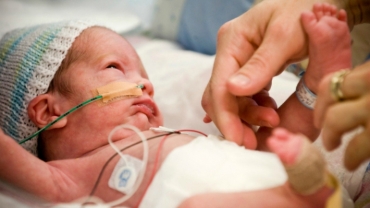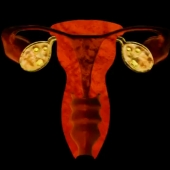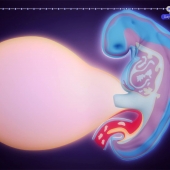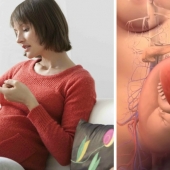Human fertilization is the union of a human egg and sperm, usually occurring in the ampulla of the uterine tube. The result of this union is the production of a zygote, or fertilized egg, initiating prenatal development. Scientists discovered the dynamics of human fertilization in the nineteenth century.
Fertilization is the process in which gametes (an egg and sperm) fuse to form a zygote. The egg and sperm are haploid, which means they each contain one set of chromosomes; upon fertilization, they will combine their genetic material to form a zygote that is diploid, having two sets of chromosomes. A zygote that has more than two sets of chromosomes will not be viable; therefore, to ensure that the offspring has only two sets of chromosomes, only one sperm must fuse with one egg.
In humans, fertilization occurs in the fallopian tubes of the female reproductive tract. It takes place within hours following sexual intercourse. Approximately 150 million sperm are released into a female's vagina during intercourse. However, only one of these sperm can actually fertilize the single female egg cell (also called an ovum). The successful sperm cell must enter the uterus and swim up the fallopian tube to meet the egg cell. There it passes through the thick coating surrounding the egg. This coating is known as the zona pellucida.
The head of the sperm cell contains enzymes (certain types of chemicals) that break through the zona pellucida and make it possible for the sperm to penetrate into the egg. Once the head of the sperm is inside the egg, the tail of the sperm falls off. The outside of the egg then thickens to prevent another sperm from entering.
In humans, a number of variables affect whether or not fertilization occurs following intercourse. One factor is a woman's ovulatory cycle. The ovulatory cycle is the series of events that bring about the ripening of an egg and its release from the ovaries. Human eggs can be fertilized for only a few days after ovulation, which usually occurs only once every 28 days.
- 781 views













